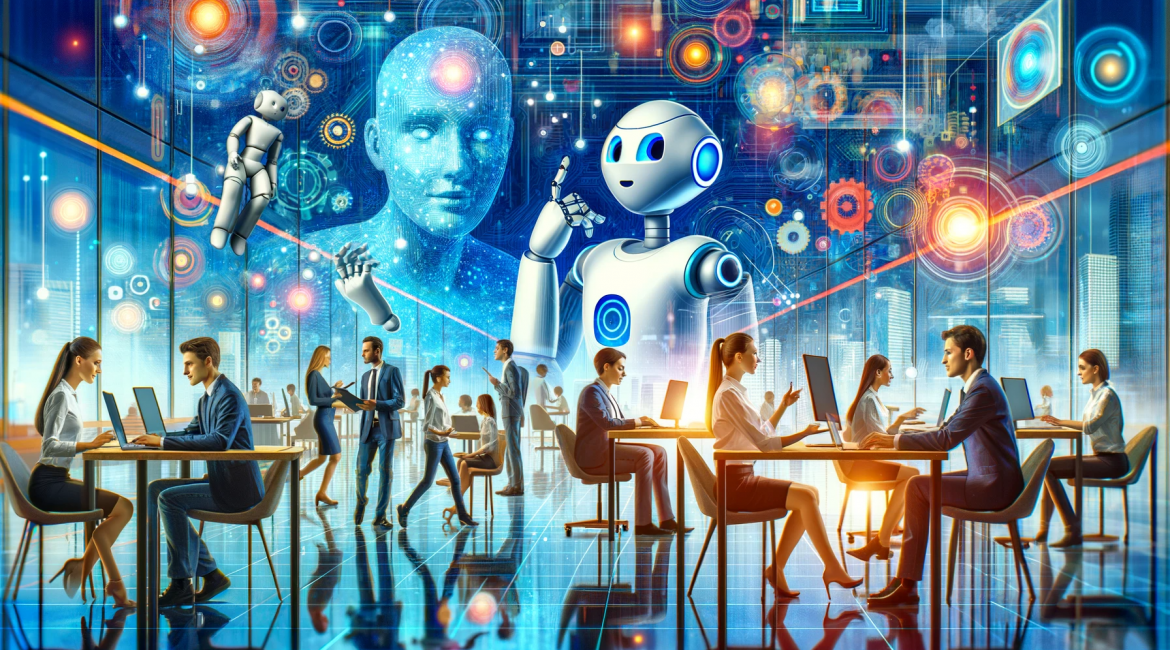Introduction
The dawn of the AI era has not just brought with it questions of ethics and morality but also a profound transformation in the way we work. AI’s integration into various industries is not a distant future – it’s our present, reshaping the contours of the workplace. In this article, we explore the evolving landscape of human-AI collaboration, examining its potential to augment human capabilities and the challenges it poses in creating a harmonious work environment.
The New Collaborators: Humans and AI
In many sectors, AI is no longer just a tool; it’s a co-worker. From customer service bots to AI-assisted medical diagnosis, AI technologies are working alongside humans, bringing unique strengths to the table. This collaboration promises increased efficiency, the ability to handle complex data, and insights that might escape human cognition.
Transforming Industries
Every industry, from manufacturing to healthcare, is experiencing the wave of AI integration. In manufacturing, AI-driven robots work alongside humans to increase productivity and safety. In healthcare, AI assists in diagnosing diseases with higher accuracy and even aids in complex surgeries. This collaboration is not about replacing humans but enhancing their abilities, allowing them to focus on more creative and strategic tasks.
The Challenges of Integration
While the benefits are clear, integrating AI into the workforce isn’t without its challenges. One significant concern is the skill gap. As routine tasks become automated, there’s a growing need for workers to have skills in managing and working alongside AI. This shift necessitates significant investment in training and education.
Another challenge is the ethical aspect of AI in the workplace. Issues like privacy, data security, and decision accountability need to be addressed. Ensuring that AI systems are fair and unbiased and that they complement rather than overshadow human workers is crucial.
Creating a Collaborative Environment
Building a successful human-AI workplace requires careful planning and ethical considerations. It involves designing AI systems that are transparent and understandable to their human counterparts. It also means creating an organizational culture that embraces change and fosters continuous learning.
The Future of Work
Looking ahead, the future of work is a blend of human creativity and AI’s analytical power. This partnership has the potential to solve some of the most pressing challenges in the workplace, from reducing errors in high-stakes environments to providing personalized experiences in the service sector.
However, navigating this future requires not just technological innovation but also a rethinking of our approach to work. It calls for policies that support workers through this transition and a commitment to developing AI in a way that is ethical and beneficial to all.
Conclusion
The collaboration between humans and AI is not just shaping the future of work; it’s redefining it. As we move forward, it’s imperative that we harness the potential of this collaboration thoughtfully and ethically, ensuring that it leads to a future where both humans and AI can thrive. This journey is not just about technological advancement; it’s about creating a future of work that is more efficient, inclusive, and human-centric.




